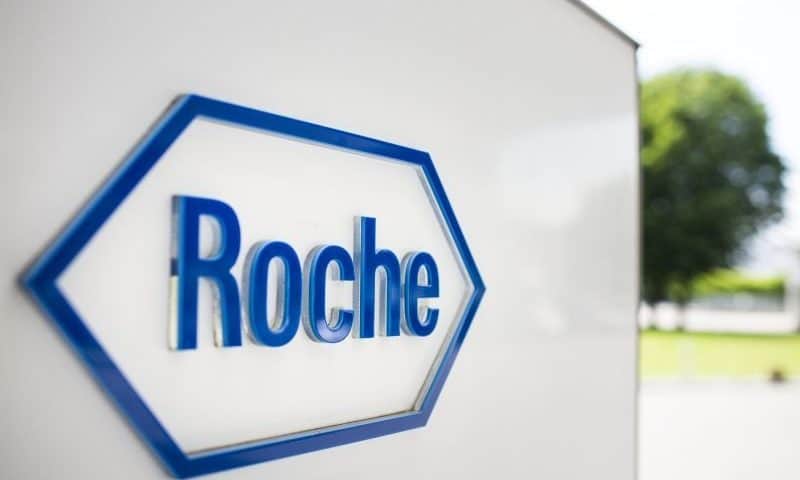Ionis Pharmaceuticals-partnered tominersen looked to be down and out when Roche revealed the extent of its phase 3 failure in patients with Huntington’s disease last year. But an encouraging signal in the wreckage of the clinical trial has offered a reprieve—and persuaded Roche to wind back to phase 2 to see whether the sign of efficacy holds up to rigorous study.
Roche stopped the phase 3 clinical trial in March 2021 in response to an interim review of the data in patients with the rare genetic, progressive condition Huntington’s. The next month, the Swiss Big Pharma used a Huntington’s event to share a look at the results that drove the decision. Participants who received tominersen every 16 weeks performed comparably to their peers on placebo. Those who took tominersen every eight weeks fared worse than the placebo cohort.
The fact patients did worse the more tominersen they received painted a bleak picture of the chances of the drug. Yet, having sifted through the results, Roche has emerged with signs that the drug may benefit younger adult patients with lower disease burden.
Those signs could prove to be a mirage. But Roche sees enough promise in the findings of its exploratory post hoc analyses to go back to phase 2 to try to validate the signal. The team is now in the early stages of designing a phase 2 clinical trial to explore different doses of tominersen in the younger population.
Roche will share more information on the findings of the post hoc analysis and the next steps for the drug in the coming days and weeks. In a statement, Frank Bennett, Ph.D., chief scientific officer at Ionis, said the phase 3 has resulted in a “new scientific hypothesis.”
Ionis designed tominersen, also known as IONIS-HTTRx and RG6042, to reduce production of HTT. In its toxic, mutated form, HTT drives Huntington’s, but difficulties drugging the protein have held back efforts to target the root of the disease and led researchers to instead focus on downstream effects. By binding to faulty mRNA, tominersen could tackle the cause of Huntington’s.
Early-phase data linking tominersen to reductions in mutant HTT in the cerebrospinal fluid suggested the molecule works as intended, leading to accelerated development and talk of blockbuster sales. The flop dented those hopes, but Roche now has a potential path forward, albeit in a subset of patients.

